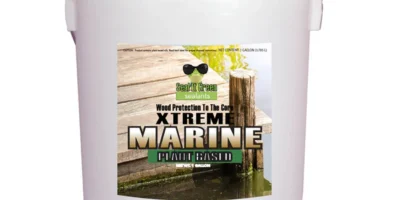If you’re an avid cyclist or just someone who enjoys a leisurely ride, you’re probably familiar with the term “seatpost.” While it may seem like a straightforward bicycle component, there’s more to it than meets the eye. In this comprehensive guide, we will delve into the world of seatposts, exploring their types, benefits, and how they can enhance your cycling experience.
Understanding the Seatpost
What is a Seatpost?
Before we dive deeper, let’s establish what a seatpost is. A seatpost is a vital part of your bicycle’s frame, connecting the saddle to the main body of the bike. It allows you to adjust the height of your saddle, ensuring a comfortable and ergonomic riding position.
Types of Seatposts
1. Alloy Seatposts
Alloy seatposts are a popular choice among cyclists due to their lightweight and durable nature. They are often made from materials like aluminum, offering a good balance between strength and weight.
2. Carbon Fiber Seatposts
For those seeking the ultimate in lightweight performance, carbon fiber seatposts are the go-to option. They absorb road vibrations effectively, providing a smoother ride.
3. Suspension Seatposts
Suspension seatposts are designed for off-road and mountain biking. They come with built-in shock-absorbing mechanisms, ensuring a comfortable ride even on rough terrains.
The Benefits of a Quality Seatpost
Investing in a quality seatpost can significantly enhance your cycling experience. Here’s why:
1. Improved Comfort
A well-chosen seatpost can absorb road vibrations, reducing the impact on your body. This translates to a more comfortable and less fatiguing ride, especially on longer journeys.
2. Enhanced Power Transfer
A sturdy and well-fitted seatpost ensures that your pedaling efforts are efficiently transferred to the pedals. This results in improved power output and a more efficient ride.
3. Better Adjustability
Adjusting your seatpost allows you to find the perfect riding position. Whether you prefer an upright or aerodynamic posture, a quality seatpost can accommodate your needs.
Choosing the Right Seatpost
When selecting a seatpost, there are several factors to consider:
1. Material
Determine whether you prefer the lightweight properties of alloy or the shock-absorbing qualities of carbon fiber.
2. Diameter
Seatposts come in various diameters, so ensure that your chosen seatpost fits your bike’s frame.
3. Suspension
Consider whether you need a suspension seatpost for off-road adventures or a rigid one for smoother terrains.
Maintaining Your Seatpost
To ensure your seatpost functions optimally, regular maintenance is crucial. Clean it regularly, check for signs of wear and tear, and lubricate moving parts as needed.
Final Thoughts
Your bicycle’s seatpost is more than just a connecting rod; it plays a vital role in your overall cycling experience. By selecting the right type and maintaining it properly, you can enjoy a smoother, more comfortable, and efficient ride. So, the next time you hit the road, remember the importance of your trusty seatpost in enhancing your cycling adventures.
























Comments